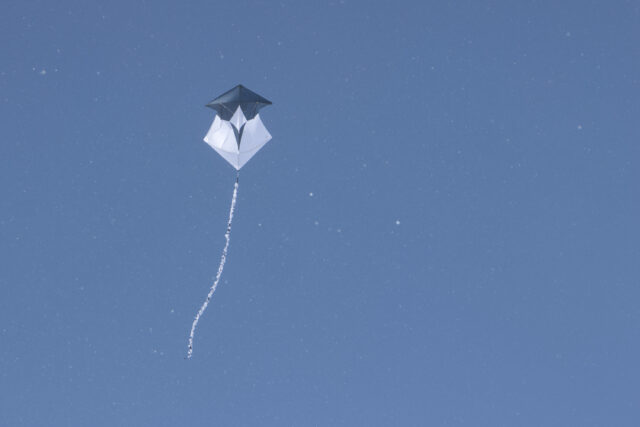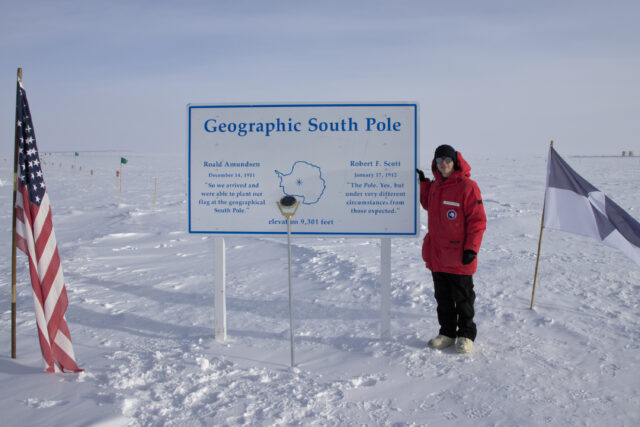Since the U.S. Antarctic Program prohibits the use of remote-controlled aircraft, i.e., drones, how might one go about taking aerial photographs at the South Pole? The answer is kite aerial photography, which of course requires a kite. While my original plan was to buy an off-the-shelf parafoil kite, since they’re soft kites that can easily be packed in luggage. After attempting to buy an Into the Wind Parafoil 10, which I had determined would probably be a reasonable size for the camera rig I wanted to loft and was recommended in old forum posts for use in kite aerial photography, it turned out to be discontinued,1 and the proprietor of the small business that I had attempted to buy it from suggested that a rigid-frame kite such as a Rokkaku kite might be a better fit for the relatively-low winds at the Pole, since parafoil kites can collapse if there’s a lull in the wind. I had not previously considered such a kite, since the commercially-available options have spars that do not collapse to a sufficiently-short length to fit in a carry-on suitcase and because I was worried that their carbon- and fiberglass-composite spars may become too brittle in the extreme cold. Although there were other potential parafoil options, I was convinced that a rigid-frame kite could be the better option, since during days with higher wind speeds at the South Pole there’s often blowing snow and poor visibility. Thus, I set out to build such a kite with components that could survive the cold and that could collapse to <17″ to fit in my luggage.
It was recommended as a replacement for a similar parafoil kite that had also been discontinued, two decades ago. ↩


